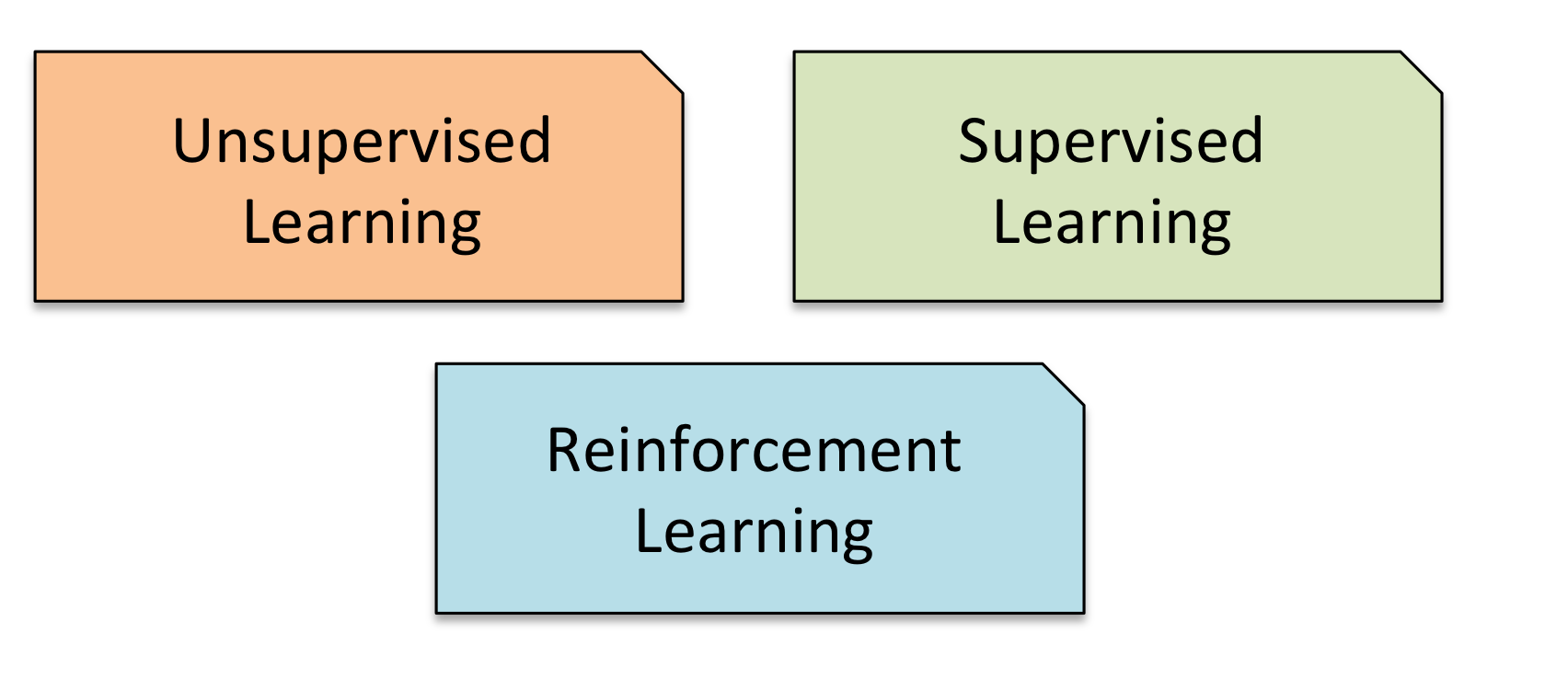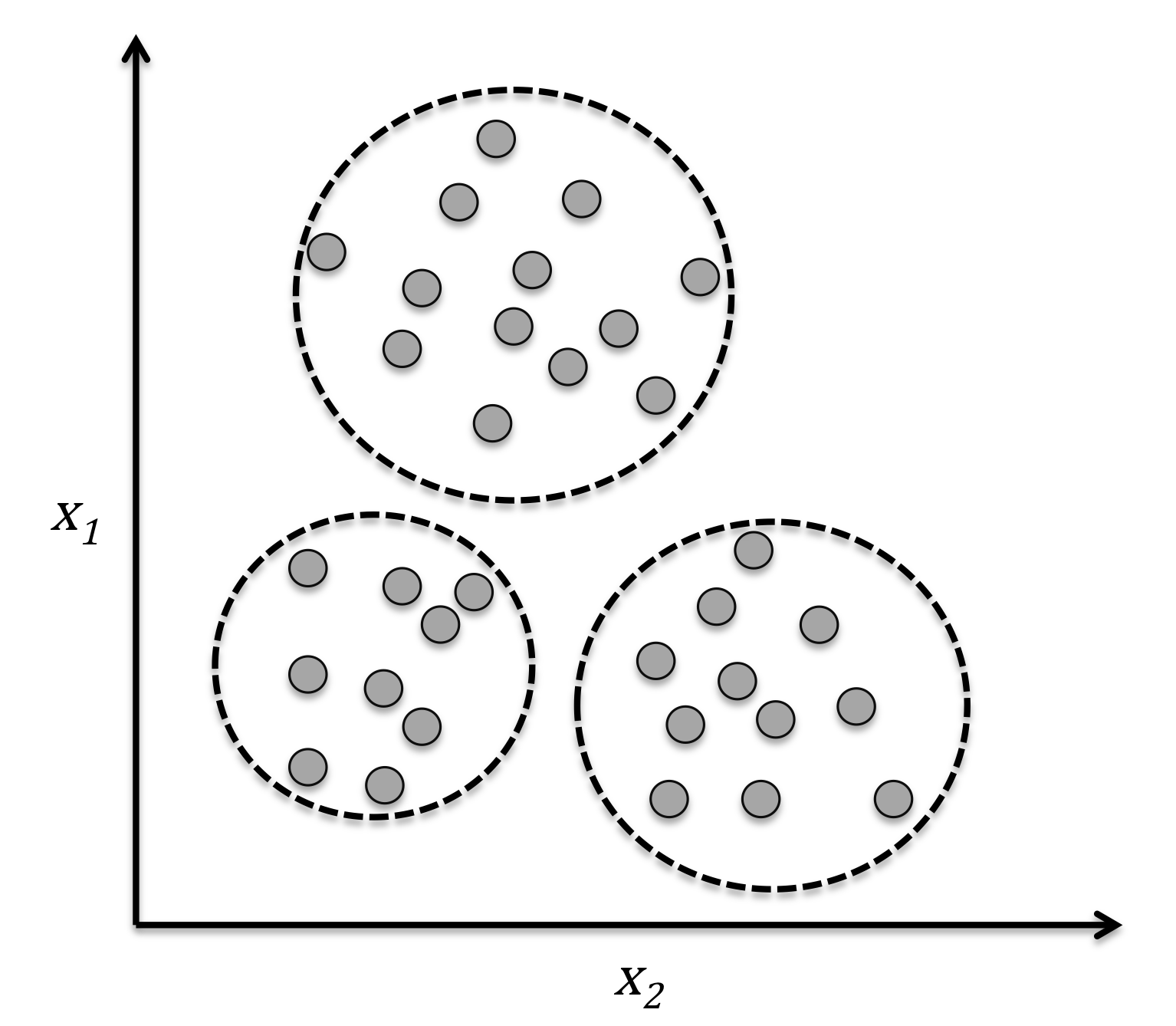In the past decades, many powerful machine learning algorithms have been developed for analyzing data and solving real-world problems. Machine learning systems allow us to utilize the large amounts of data that is available to us in the modern age of technology and help us with decision-making and predictions of future events.
In this chapter, we will learn more about the main concepts and different types of machine learning. Together with a basic introduction to the relevant terminology, we will lay the groundwork to successfully use machine learning techniques for practical problem solving.
In this chapter, we will cover the following topics:
- The general concepts of machine learning
- The three types of learning and basic terminology
- The building blocks to successfully design machine learning systems
- How to install and setup Python for data analysis and machine learning
Building intelligent machines to transform data into knowledge
In this age of modern technology there is one resource that we have in abundance: Large amounts of structured and unstructured data. In the second half of the twentieth century, machine learning evolved as a subfield of artificial intelligence that involves the development of self-learning algorithms to gain knowledge from this data in order to make predictions. Instead of requiring humans to manually derive rules and building models from analyzing large amounts of data, machine learning offers a more efficient alternative to capture knowledge in data for gradually improving the performance of predictive models and making data-driven decisions.
Not only is machine learning becoming increasingly important in computer science research but it also plays an ever-greater role in our everyday life. Thanks to machine learning, we enjoy robust email spam filters, convenient text and voice recognition, reliable web search engines, challenging chess players, and, hopefully soon, safe and efficient self-driving cars.
The three different types of machine learning
In this section, we will take a look at the three types of machine learning: Supervised learning, unsupervised learning, and reinforcement learning. We will learn about the fundamental differences between the three different learning types, and using conceptual examples, we will develop an intuition for the practical problem domains where these can be applied.

Making predictions about the future with supervised learning
The main goal in supervised learning is to learn a model from labeled training data that allows us to make predictions about unseen or future data. Here, the term supervised refers to a set training of samples is where the desired output signals (labels) are already known.
Considering the example of email spam filtering, we can train a model using a supervised machine learning algorithm on a corpus of labeled emails to predict whether a new email belongs to the spam or non-spam category. A supervised learning task with discrete class labels, such as in the previous email spam-filtering example, is also called a classification task. Another subcategory of supervised learning is regression where the outcome signal is a continuous value.

Classification for predicting class labels
Classification is a subcategory of supervised learning where our goal is to predict categorical class labels of new instances based on past observations. Those class labels are discrete, unordered values that can be understood as the "group memberships" of the instances. The previously mentioned example of email-spam detection represents a typical example of a binary classification task where the machine learning algorithm learns a set of rules in order to distinguish between two possible classes: spam and non-spam email.
However, the set of class labels does not have to be of binary nature. The predictive model learned by a supervised learning algorithm can assign any class label that was presented in the training dataset to a new, unlabeled instance. A typical example of a multi-class classification task is handwritten character recognition. Here, we could collect a training dataset that consists of multiple handwritten examples of each letter in the alphabet. Now, if a user provides a new handwritten character via an input device, our predictive model would be able to predict the correct letter in the alphabet with certain accuracy. However, our machine learning system would be unable to correctly recognize any of the digits 0 to 9, for example, if they were not part of our training dataset.
The following figure illustrates the concept of a binary classification task given 30 training samples: 15 training samples are labeled as "negative class" (red minus signs) and 15 training samples are labeled as "positive class" (green plus signs). In this scenario, our dataset is 2-dimensional, which means that each sample has two values associated with it, and . Now, we can use a supervised machine learning algorithm to learn a rule – the decision boundary represented as black dashed line – that can separate those two classes and classify new data into each of those two categories given its and values.

Regression for predicting continuous outcomes
We learned in the previous section that the task of classification is to assign categorical, unordered labels to instances. A second type of supervised learning is the prediction of continuous outcomes, which is also called regression analysis. In regression analysis, we are given a number of predictor (explanatory) variables and a continuous response variable (outcome), and we are trying to find a relationship between those variables that allows us to predict an outcome.
For example, let's assume that we are interested in predicting the Math SAT scores of our students. If there is a relationship between the time spent studying for the test and the final scores, we could use it as training data to learn a model that uses the study time to predict the test scores of future students who are planning to take this test.
The term regression was devised by Francis Galton in his article Regression towards mediocrity in hereditary stature in 1886. Galton described the biological phenomenon that the variance of height in a population does not increase over time. He observed that the height of parents is not passed on to their children but the children's height is regressing towards the population mean.
The following figure illustrates the concept of linear regression. Given a predictor variable x and a response variable y, we are fitting a straight line to this data that minimizes the average distance between the sample points and the fitted line. We can now use the intercept and slope learned from this data to predict the outcome variable of new data.

Solving interactive problems with reinforcement learning
Another type of machine learning is reinforcement learning. In reinforcement learning, the goal is to develop a system (agent) that improves its performance based on information that it receives from the environment; this feedback is also called reward signal. Reinforcement learning is related to supervised learning as it receives feedback. However, in reinforcement learning this feedback is not the correct ground truth label or value but a measure of how good the action was measured by a reward function. Through the interaction with the environment, an agent can then use reinforcement learning to learn a series of actions that maximize this reward via an exploratory trial-and-error approach or deliberative planning.
A popular example of reinforcement learning is a chess engine. Here, the agent decides upon a series of moves depending on the state of the board (the environment), and the reward can be defined as "win" or "lose" at the end of the game.

Discovering hidden structures with unsupervised learning
In supervised learning, we know the "right answer" beforehand when we train our model, and in reinforcement learning, we define a measure of reward for particular actions by the agent. In unsupervised learning, however, we are dealing with unlabeled data or data of unknown structure. Using unsupervised learning techniques, we are able explore the structure of our data to extract meaningful information without the guidance of a known outcome variable or reward function.
Finding subgroups with clustering
Clustering is an exploratory data analysis technique that allows us to organize a pile of information into meaningful subgroups (clusters) without having any prior knowledge of their group memberships. Each cluster that may arise during the analysis defines a group of objects that share a certain degree of similarity but are more dissimilar to objects in other clusters, which is why clustering is also sometimes called “unsupervised classification.” Clustering is a great technique to structure information and derive meaningful relationships among data, For example, it allows marketers to discover customer groups based on their interests in order to develop distinct marketing programs.
The figure below illustrates how clustering can be applied to organize unlabeled data into three distinct groups based on similarities of their features and .
